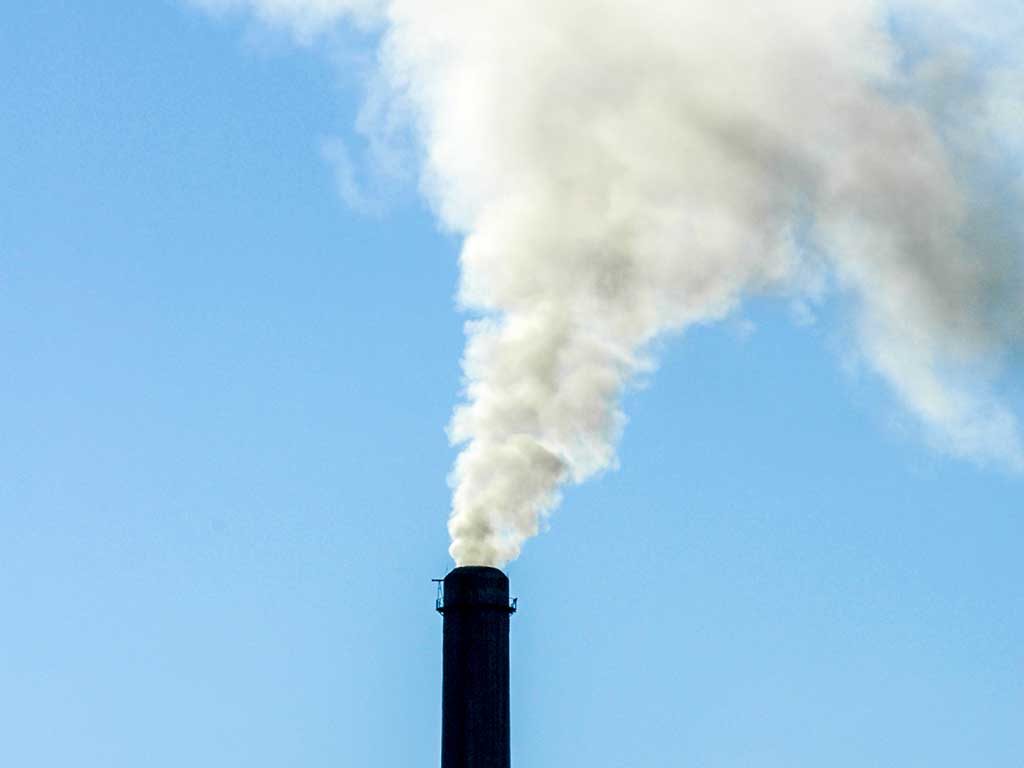
BRIGHT IDEAS NO. 31
Understanding Energy Democracy

We expect the Pine Tree Power initiative to be up for a referendum vote next November. What do we need to know about it?
Modern life would be impossible without the electricity that keeps the lights on, makes our meals, gets us to work, runs our machines, and keeps us alive when we’re seriously ill. This is the case for most people. But large corporations like CMP, seeking to maximize profits for their shareholders, dominate the energy supply. This means that a few people benefit financially at the expense of the many. How has this come to be? A partial answer is that our governance system (a democratic republic) entangles with our economic system (free market capitalist).
Decisions about how to generate and transmit energy have come to be made by executives. Their chief purpose is to make sure investors get more money back than they put in. At a basic level they do this by charging consumers as much as possible while investing as little as possible. Although the imperative to constantly produce profit is built into our economic system, it is fundamentally unfair and undemocratic.
The concept of energy democracy begins with the premise that existing privately owned utilities do not want rapid decarbonization nor will they address the concerns of environmental justice. The networks we need to utilize renewable energy, such as solar panels and wind turbines, must be managed by organizations that want these energy sources to be successful.
Community Owned and Growing
Movements in some of the most populated areas of the country are changing the electric system to make it safer, greener, more effective, and to provide more public benefits. Over 2,000 cities and towns in the United States light their homes, businesses, and streets with public power. Moreover, cities like Boston, New York, San Francisco, and Chicago all have serious campaigns underway to put the electric system in public hands.
The American Public Power Association, a trade association for community-owned electric utilities, maintains that not-for-profit, community owned, and locally controlled utilities provide better service at lower rates than privately owned utilities, while also providing revenue for their communities.
In Nebraska, a state entirely powered by cooperatives and municipal utilities, the city of Omaha provides an example of a well-run municipal utility. In fact, voters there elect the members of the utility board, whose meetings are open to the public and televised. Each year, the utility returns a portion of the profits to the city. The city council can spend these funds at their discretion.
With public and worker ownership, the health, safety, and quality of our lives would be the utility’s top priorities. Further, democratic management structures ensure that the people who are most affected make the decisions. With decarbonization a societal imperative, we have a unique opportunity to rewrite how we generate and distribute electricity.
BRIGHT IDEA: Support the Pine Tree Power referendum initiative.
Tell everyone it’s critical to the future of our state.
Portland Climate Action Team brings readers Bright Ideas each month in print and online. They meet on the fourth Thursday of the month, 6-7:30 p.m. All are welcome to join in. FMI: portlandclimateaction@gmail.com.






1 Comments
Pingback: Bright Idea: Maine-owned power - The West End News